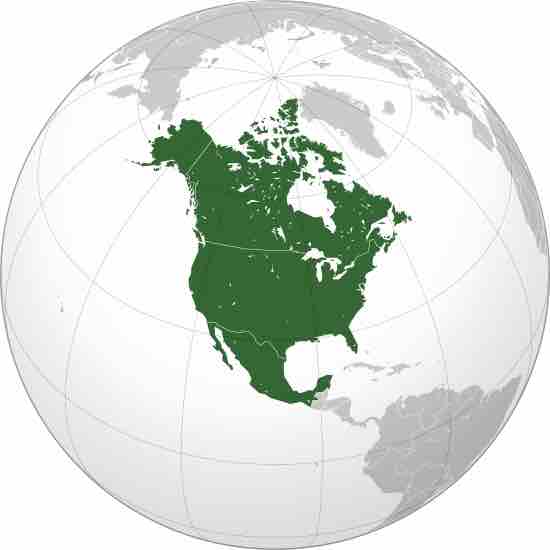The North American Free Trade Agreement (NAFTA)
The North American Free Trade Agreement (NAFTA) is an agreement signed by the governments of Canada, Mexico, and the United States, creating a trilateral trade bloc in North America. The agreement came into force on January 1, 1994. It superseded the Canada – United States Free Trade Agreement between the U.S. and Canada.
In terms of combined GDP of its members, the trade bloc is the largest in the world as of 2010. NAFTA has two supplements: the North American Agreement on Environmental Cooperation (NAAEC) and the North American Agreement on Labor Cooperation (NAALC). The goal of NAFTA was to eliminate barriers to trade and investment among the U.S., Canada, and Mexico.
The implementation of NAFTA on January 1, 1994 brought the immediate elimination of tariffs on more than one-half of Mexico's exports to the U.S. and more than one-third of U.S. exports to Mexico. Within 10 years of the implementation of the agreement, all U.S.--Mexico tariffs would be eliminated except for some U.S. agricultural exports to Mexico that were to be phased out within 15 years. Most U.S.--Canada trade was already duty free. NAFTA also seeks to eliminate non-tariff trade barriers and to protect the intellectual property right of the products.
The agreement opened the door for open trade, ending tariffs on various goods and services, and implementing equality between Canada, America, and Mexico. NAFTA has allowed agricultural goods such as eggs, corn, and meats to be tariff-free. This allowed corporations to trade freely and import and export various goods on a North American scale .

NAFTA countries
The members of NAFTA are the U.S., Canada, and Mexico.